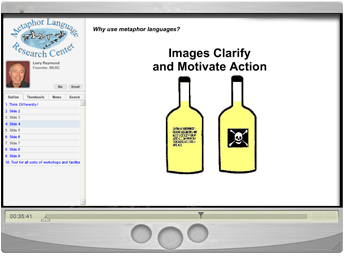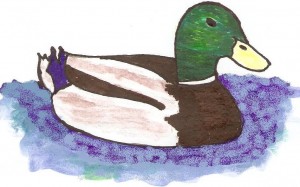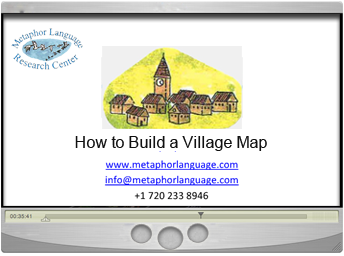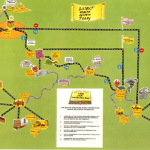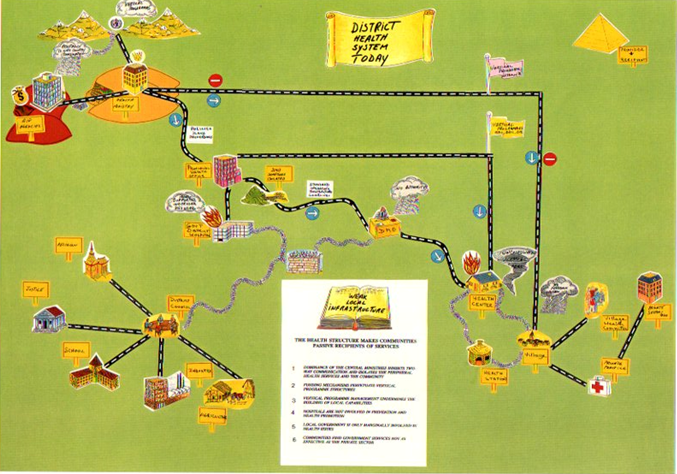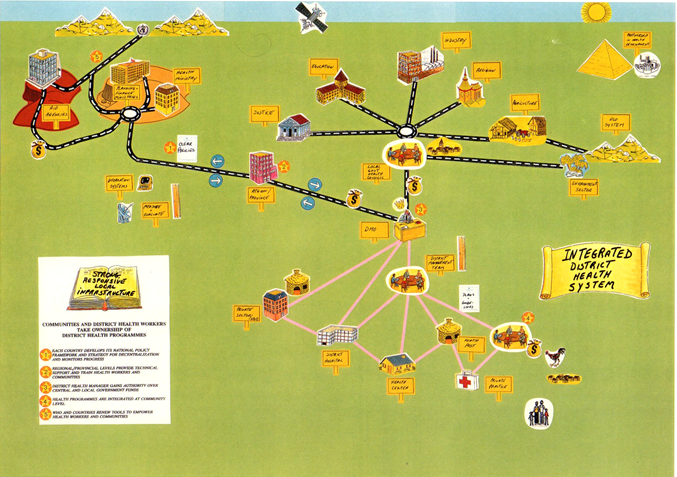An I.T. department example
Introduction
A Cambridge, Massachusetts-based software company decided to launch a TQM program in its worldwide Information Systems (I.S.) department. The principal driving factors were user dissatisfaction with the level of service, particularly problems with the support of global infrastructure of networks and servers. Many I.S. people felt that they were overworked, that management wasn’t setting clear priorities and that their users were excessively demanding and unappreciative.
A small team that was put together to define and guide the TQM program. They identified the underlying problems as being no documented processes, no agreed metrics, little alignment of roles and responsibilities. Just as the TQM program was being defined, the company was purchased by a larger competitor. Management priority went to urgent business matters and the problems of infrastructure quality quickly became secondary to issues related to the merger of the two companies. TQM wasn’t abandoned but its priority was clearly, if unofficially, reduced by lack of promotion. The I.S. directors did meet with the TQM team to define where they wanted the organization to go but didn’t take personal or public leadership for TQM. The team kept contact with the Directors through hallway conversations and occasional reports.
Designing the TQM program
The team structured the program around the three part model favored by the Center for Quality Management: Customer Focus, Process Improvement and Total Participation.
Given the changing circumstances, the team decided that rather than investing in TQM training for all staff members, it would go where there was energy on the lower levels of the organization: Bringing clarity to roles and responsibilities, achieving organization alignment around clear priorities, and fixing the Help Desk cross functional process which was generating a lot of internal customer dissatisfaction. The team decided that training for managers, typically the first phase of a TQM program, would start later, after process analysis was well under way and benefits were becoming evident.
Metaphor Language mapping to align organizations and improve processes
Each group leader within the I.S. organization and the leader of the Help Desk agreed to sponsor a visual language mapping session. Many people were initially skeptical about investing time in this activity while there was so much other “real” work to be done, but they agreed to give the TQM team a chance.
This is an overview of the method used:
Map Today’s Operation
Each leader brought most of his or her group members together for two hours. They were introduced to the visual language Village Mapping which they used to build a model showing:
- Their customers, other groups with which they interact and functions in their own group
- The relationships between these groups
- A qualitative assessment of the relationships and work flow
- Evaluation of the environment, statement of their values
The metaphor of the Village Mapping language equates a process to a village. Buildings represent places where work gets done, such as groups, functions or departments. The nature of the connecting road shows the quality of the relationship between buildings. Fires, tornadoes, volcanoes and other symbols show difficulties within the village and its environment.
This is not an actual map segment, but its contents are typical of a Today map:
It shows a hypothetical village from the Systems group’s view. They see themselves as having a good relationship with Operations but a poor one with Applications. Information is often lost when they work with the Help desk. The symbols provoke discussion about matters that often lie “under the table” but have a great impact on an organization. The maps keep discussion points in context and
record them. Key points in the map are described in a narrative on a flip chart.
Each of eight groups built maps of their current (today) state over a three week period. The TQM team then brought them to a meeting of the I.S. Directors. The directors reviewed the maps and narrative documentation and built themselves a consolidated map of l.S. today. The exercise helped them become
more clear about the depth of some of the problems facing the group.
Voice of the Customer
The maps represented an internal view of how the group was functioning. To have an external view, the TQM team then worked with each group to segment their customers (both internal and external to I.S.), identify people to interview, structure open-ended questions to ask and train them in interviewing techniques.
During the interviews, the main points were recorded in the customers’ own words. Each group member interviewed at least one customer (in teams of two.) Their charge was to listen and not contest, argue or justify. When all interviews were done (from 5 to 15,) the team got together and rolled the specific points into broader statements of customer concerns and requirements. This told the group
what their customers wanted and had the important impact of building customer focus in the individual interviewers.
Mapping the “Ideal” Process
The TQM team called a meeting of all 25 managers in I.S., including the Directors. Reflecting on both the Today’s Operation maps and the Voice of Customer interview results, they broke into tables of five to build vision maps showing how they thought l.S. should ideally operate. After about 90 minutes, a
representative of each table presented their map to the others. The maps recorded a lot of creative thinking about how I.S. could change itself to solve its problems and meets its customer expectations. Each map showed different ways that customers needs for new computer applications and ongoing support could be met more effectively than today and how a different division of responsibilities could
increase system reliability.
Following completion of the presentations, the managers talked about what they all had in common and the unique merits of each map. The directors stayed into the evening to build a consolidated map. The vision is targeted to bring these benefits to their customers:
- Easy to do business with I.S.
- I.S. is an international business partner
- I.S. is more responsive
- Greater value is provided
- Improved quality and better service
During the days following, the consolidated vision map was discussed with all the managers who participated. They signed it to show agreement. Each group was then asked to build their own vision map to detail how they would function in the overall I.S. vision. They were asked to report back if what they found to be their ideal in any way conflicted with the overall ideal.
Mapping the Change Plan
When the group vision maps were complete, the managers reconvened to verify that there were no omissions or conflicts. They then set out to map the strategies and actions needed to implement it and the obstacles they would have to overcome. The managers followed the same process as with the Ideal Maps, except that this time they employed the River Mapping method described earlier.
They developed six rivers (strategies) that included accountabilities and target dates for:
- Realignment of functions
- New functions to be developed
- International coordination –
- internal systems
- TQM program
- Increased emphasis on people
Benefits
Metaphor Language helped the software company dive into process improvement with 60 to 70% of total staff participating. This and the Voice of Customer technique made an important increase in customer focus. The negative energy inherent in the dissatisfaction with the current operation helped propel the group toward an agreed vision and action plan. The visual language made it easy (and the colorful stickers even made it fun) for groups to work together and follow a disciplined change process. By engaging the group leaders and staff members in Mapping their daily issues, it broadened ownership for TQM.
Within four months of initiating their TQM effort, the I.S. department had put in place:
- A globally agreed assessment of their problems
- Clear direction statements from their customers
- A vision of how they would ideally function in the future, including roles and responsibilities
- An agreed action plan that included the entire staff’s ideas about the actions and obstacles necessary for success
The TQM program got under way with concept, skill and tool training. Virtually every person in the worldwide I.S. organization could describe the goals of l.S. and their own roles and responsibilities in reaching it. Within a short time, I.S.’s users were commenting that their service calls were being answered quicker and more effectively and that I.S. attitudes are becoming very customer oriented. I.S. staff people carried on the action plan and launched more than a dozen process documentation and improvement efforts.
Conclusions
- TQM can take root even in the absence of strong, driving management leadership by drawing energy from the middle and lower levels.
- High involvement in direction setting builds widespread ownership for TQM and should be considered for any program
- TQM professionals should consider using Metaphor Language when they need a tool to tap into an organization’s energy



